10 Freezing Mistakes That Waste Produce and 3 Ways to Store Veggies Right

Freezing your fruits and vegetables can save time, money, and trips to the grocery store—but only if you do it right. Make one of these common mistakes, and you’ll end up with mushy, flavorless, or freezer-burned regrets. Here’s what to avoid—and how to store your produce the smart way.
1. Freezing Without Blanching First
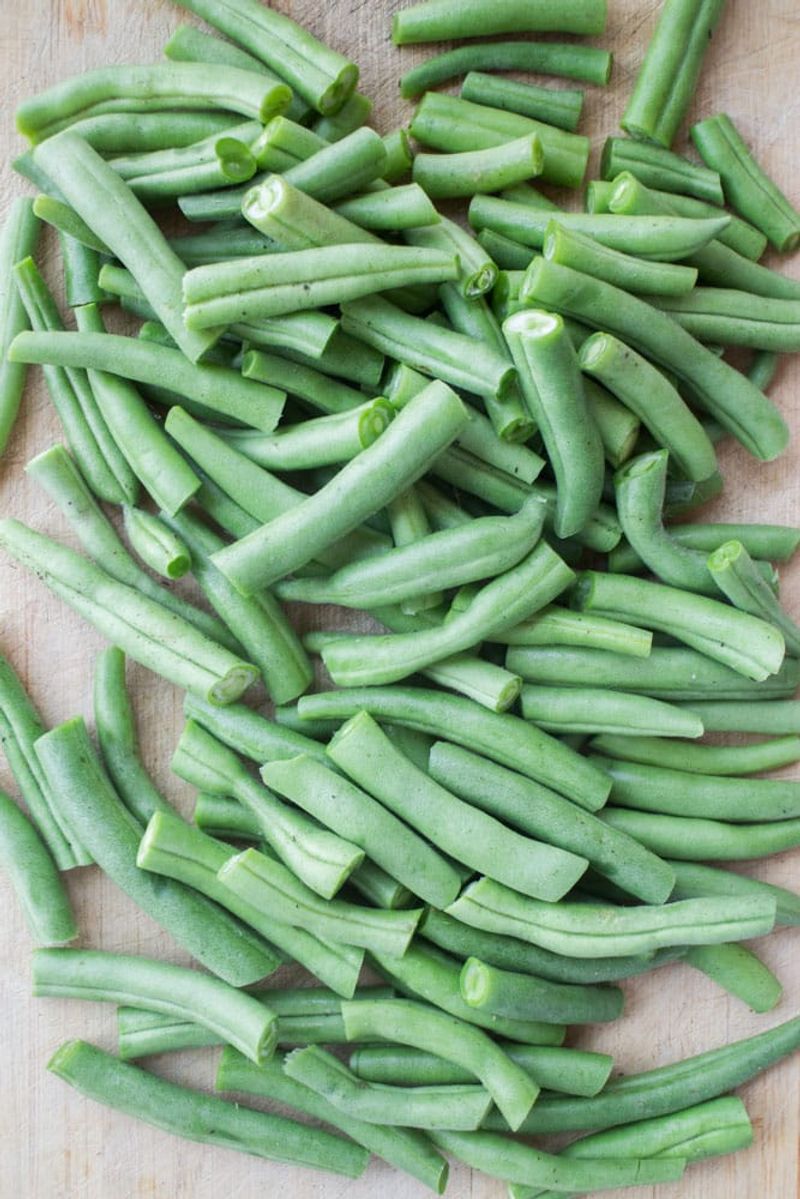
Ever wondered why your frozen green beans lose their vibrant color? Skipping the blanching process is often the culprit, leaving vegetables dull and mushy after thawing. Blanching, a quick hot-water dip, halts enzyme actions that cause vegetables to lose color, flavor, and nutrients. This step is crucial for vegetables like green beans, broccoli, and carrots. Consider blanching as a small investment of time for better texture and flavor later. Picture your vegetables in a sauna, just for a minute or two, preparing to freeze gracefully. Without it, expect dull hues and less appetizing meals later on.
2. Not Drying Produce Before Freezing

Think of moisture as the villain in the freezing world. Left unchecked, it invites ice crystals to form, leading to freezer burn. Before freezing, ensure your produce is dry. A simple pat-down after washing can save flavors and textures. Excess moisture transforms into ice, and no one likes biting into a frostbitten carrot. Imagine your veggies bundled up in a soft towel, getting ready for their icy slumber. Ensuring dryness is an unsung hero in preserving taste and quality. Avoid soggy results by embracing this simple yet effective step.
3. Freezing in Giant Clumps
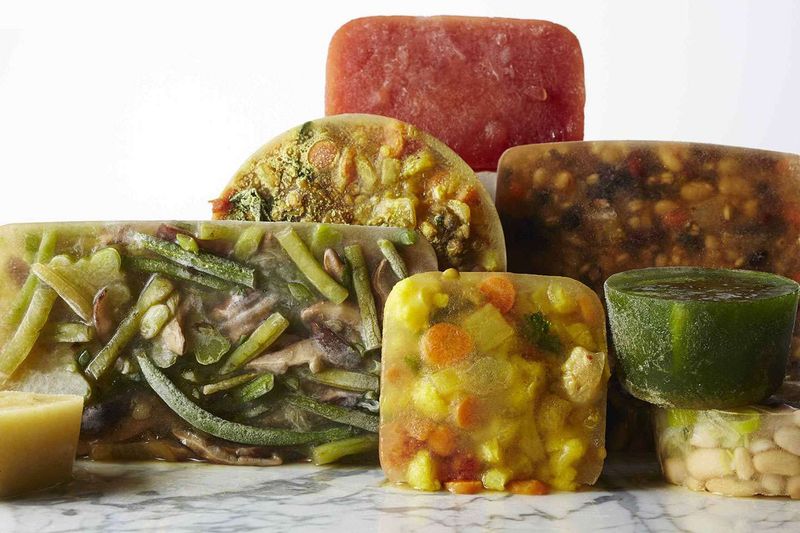
Picture this: a solid block of broccoli, impossible to portion without a chisel. Freezing vegetables in giant clumps is a recipe for frustration. When everything sticks together, meal prep becomes a frozen battlefield. To prevent this, lay produce out on a tray and freeze until solid before transferring to a bag. This method keeps items separate and easily accessible. Imagine neatly stacked vegetables, ready to jump into a pot or pan. Efficiency in freezing means easier meal times and happier cooks. Separate before freezing to maintain your sanity and culinary creativity.
4. Using Thin or Non-Freezer-Safe Bags

The choice of bag can spell doom for your frozen produce. Thin, non-freezer-safe bags invite air, the arch-nemesis of fresh taste. Freezer burn is inevitable when air seeps in. Investing in quality freezer bags creates an airtight seal, preserving flavors. Picture a sturdy, thick bag embracing your veggies, keeping them safe from the icy abyss. The right bag acts like armor, shielding against unwanted air invasion. With quality materials, your frozen vegetables maintain their integrity and taste, ready to delight even months later. Choose wisely for a freezer full of flavorful possibilities.
5. Waiting Too Long to Freeze
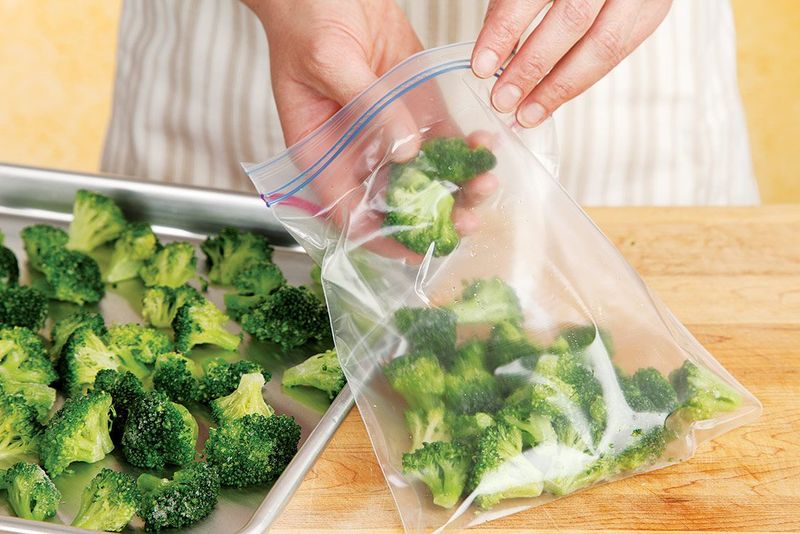
Timing is everything when it comes to freezing. Overripe produce won’t magically revive in the freezer. Instead, it continues to degrade, losing flavor and nutrients. Freeze fruits and veggies when they’re at their peak, not when they’re past it. The freezer preserves freshness, not decay. Picture your produce, vibrant and ready, entering the freezer in its prime. The sooner it’s frozen, the better it retains its original taste and quality. Delay this step, and you’re left with less-than-stellar frozen goods. Act promptly to capture the essence of fresh produce at its best.
6. Not Removing Enough Air
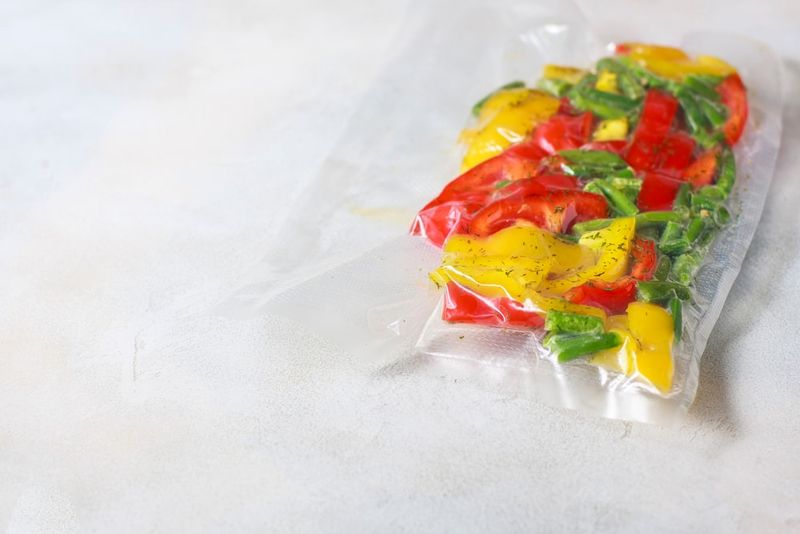
Air is the invisible enemy in freezing. Leaving too much air in bags invites freezer burn, dulling colors and flavors. Using a vacuum sealer or manually pressing out air before sealing bags can drastically improve results. Picture a vacuum sealer in action, sucking away air, ensuring a tight, protective embrace for your vegetables. Properly sealed bags keep the harshness of the freezer at bay, locking in the freshness. Eliminate excess air and see your frozen produce maintain its allure and taste, ready to be enjoyed whenever needed. It’s the secret weapon for long-lasting quality.
7. Freezing Raw Potatoes
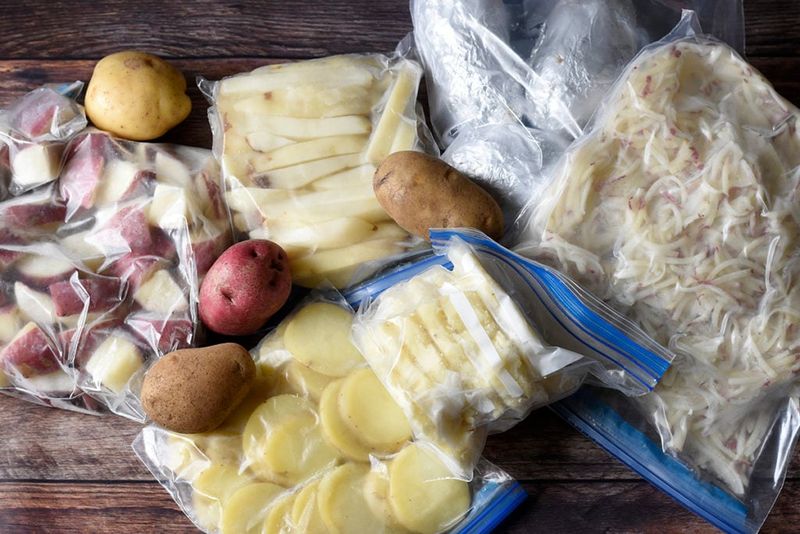
Raw potatoes and freezers don’t mix well. When frozen raw, they become grainy and unpalatable. Cooking them before freezing is key. Consider partially boiling or baking these tubers first. Imagine those potatoes, warm and tender, ready to be stored without losing their essential texture. Cooking beforehand ensures they thaw beautifully, ready for your favorite recipes. The transformation from raw to cooked makes all the difference, preserving taste and texture. Avoid the grainy outcome by giving potatoes a pre-freeze culinary treatment, making them as delightful to eat as they are to prepare.
8. Freezing Veggies with High Water Content

Certain veggies, like cucumbers and lettuce, don’t take kindly to freezing. Their high water content leads to a mushy mess upon thawing. Imagine a cucumber slice, fresh and crisp, turning limp and soggy post-freeze. It’s a tale of textures lost in translation. To avoid this, opt for canning or consuming these veggies fresh. The freezer isn’t their friend. The transformation from crisp to mush isn’t appealing, and knowing which vegetables to skip freezing ensures better meals. Preserve the crunch by choosing the right storage method for these water-rich produce options.
9. Overstuffing the Freezer
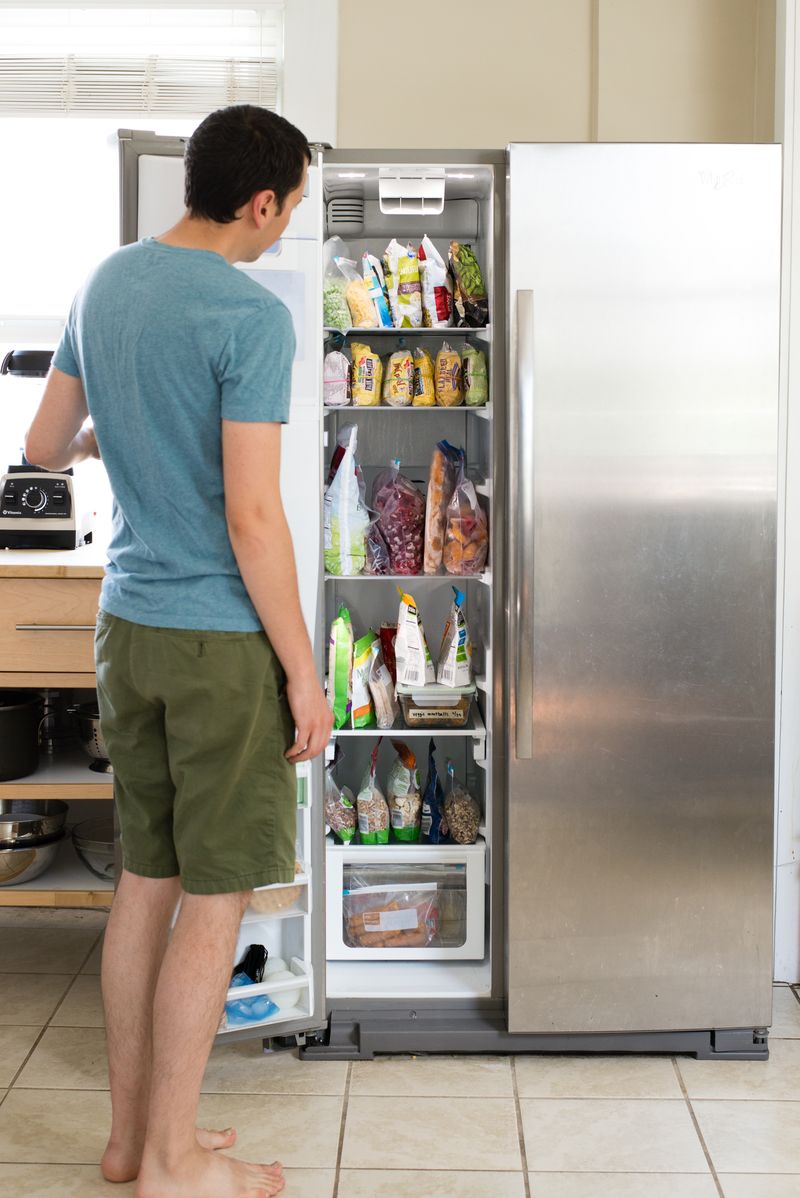
A crowded freezer is a recipe for uneven freezing. Without proper air circulation, items freeze slowly, affecting their quality. Imagine a freezer so full, it struggles to maintain consistent temperatures. The result? Patchy freezing and compromised texture. Leaving space allows cold air to circulate, ensuring even freezing and preserving flavors. Think of your freezer as a dance floor, where space is key for smooth moves. Overstuffing leads to a chaotic mess where nothing freezes right. Prevent this by organizing and allowing room to breathe, ensuring your frozen goods are always at their best.
10. Forgetting to Label and Date
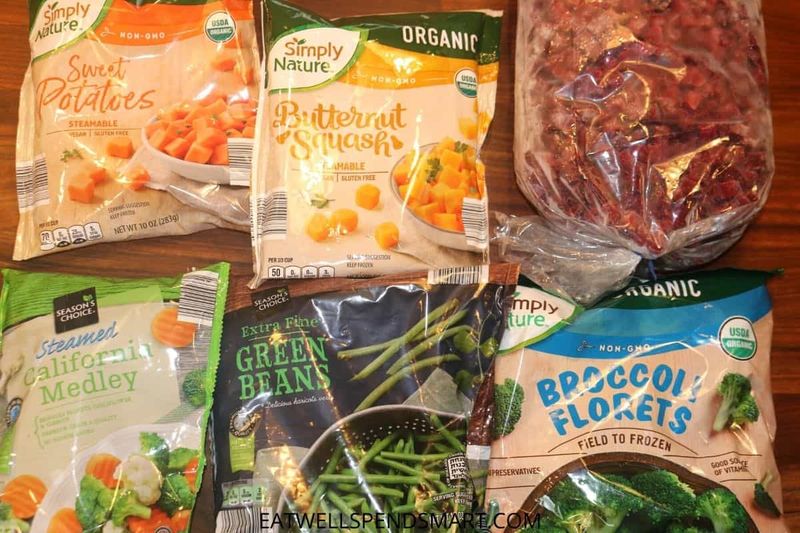
Memory can be elusive, especially when faced with bags of unidentified green mush. Labeling and dating frozen items prevents forgotten mystery meals. Imagine opening the freezer to neatly labeled bags, each with a date, guiding your culinary decisions. It’s a simple act that saves time and taste. Knowing what’s what ensures nothing goes to waste, reducing freezer burn risks over time. Avoid the guessing game by marking your produce clearly. This practice empowers your freezer to be a place of organized abundance, where every item is accounted for and ready to enjoy.
11. Freeze in Single Layers First
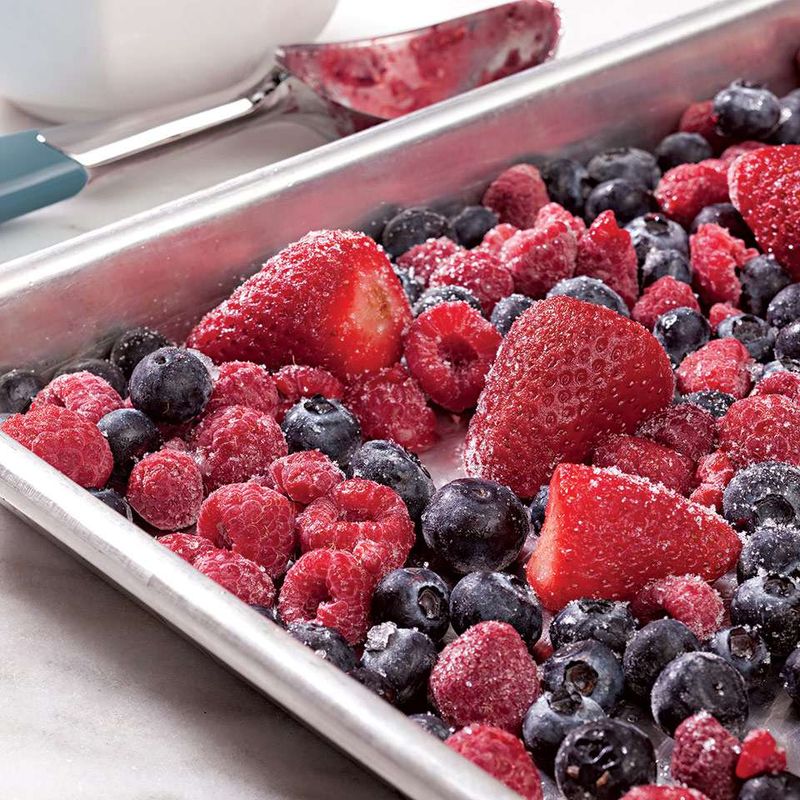
Single-layer freezing is a game-changer. Imagine rows of green beans, each frozen separately, ready to be bagged without clumping. This technique ensures easy access and portion control. By initially freezing produce on a tray, you prevent them from sticking together. Picture the ease of grabbing just what you need without the struggle of breaking a frozen mass. It’s about precision and efficiency, making meal prep a breeze. Embrace this method for a freezer that’s user-friendly and organized, where each piece of produce is distinct, preserved, and ready for use.
12. Blanch, Dry, and Pack Smart
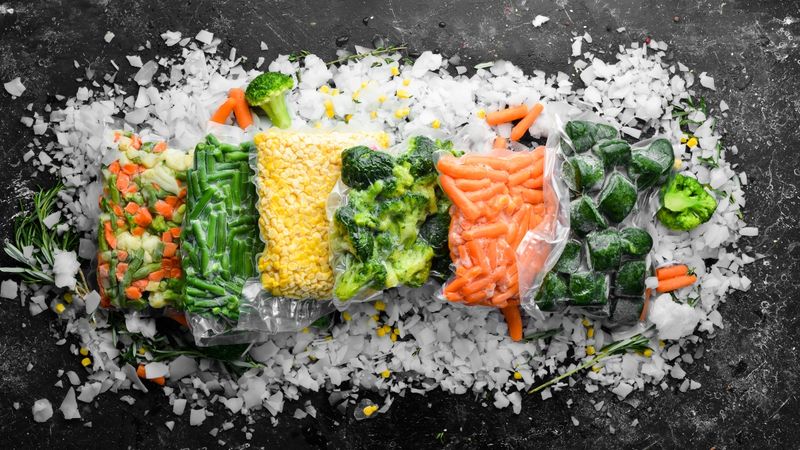
Blanching, drying, and packing are the holy trinity of smart freezing. Imagine a checklist where each step locks in freshness. Start with blanching to preserve color and nutrients. Follow with thorough drying to prevent ice formation. Finally, pack in airtight containers. Picture a well-organized freezer where each vegetable is perfectly preserved, maintaining its prime condition. These steps are simple yet vital for keeping produce at its best. The combined effort results in a freezer filled with vibrant, flavorful vegetables. It’s a process that respects and enhances the natural quality of your produce.
13. Use Mason Jars or Stackable Containers for Chopped Produce

Mason jars and stackable containers bring order to freezing chaos. Visualize a freezer shelf, neatly arranged with transparent jars, each holding colorful chopped veggies. This method not only saves space but also makes it easy to see what’s inside. Imagine the simplicity of grabbing just the right amount for your recipe, with no guesswork involved. It’s an organized cook’s dream, turning the freezer into a well-ordered pantry of prepped ingredients. Embrace these containers for a tidy, efficient freezer experience, where every jar and container serves a purpose, streamlining your culinary adventures.
